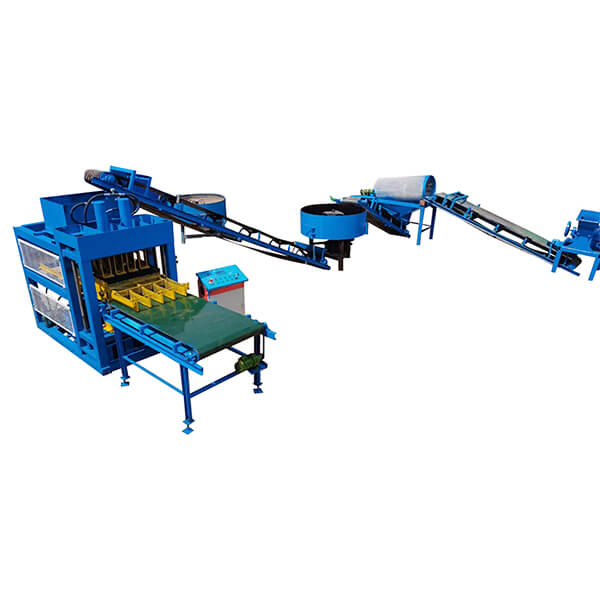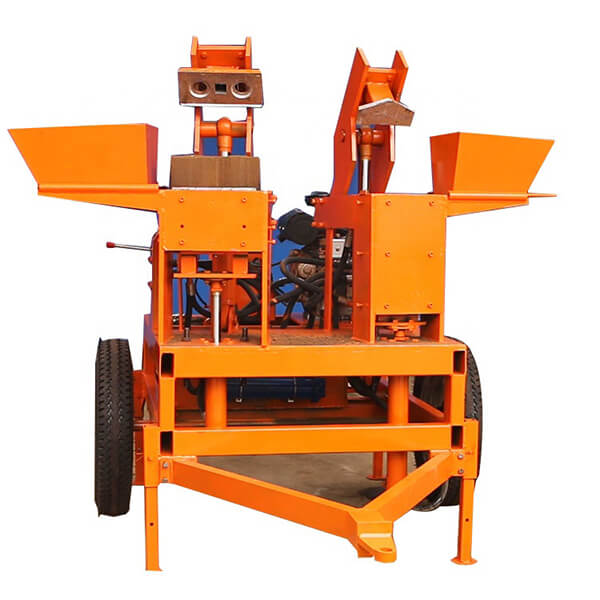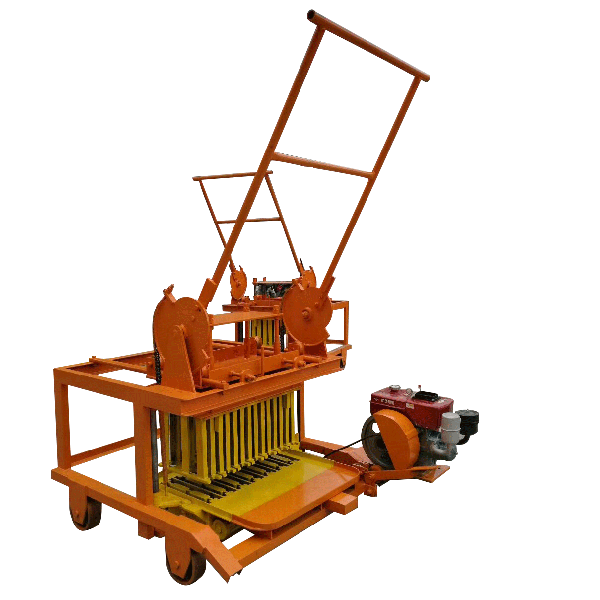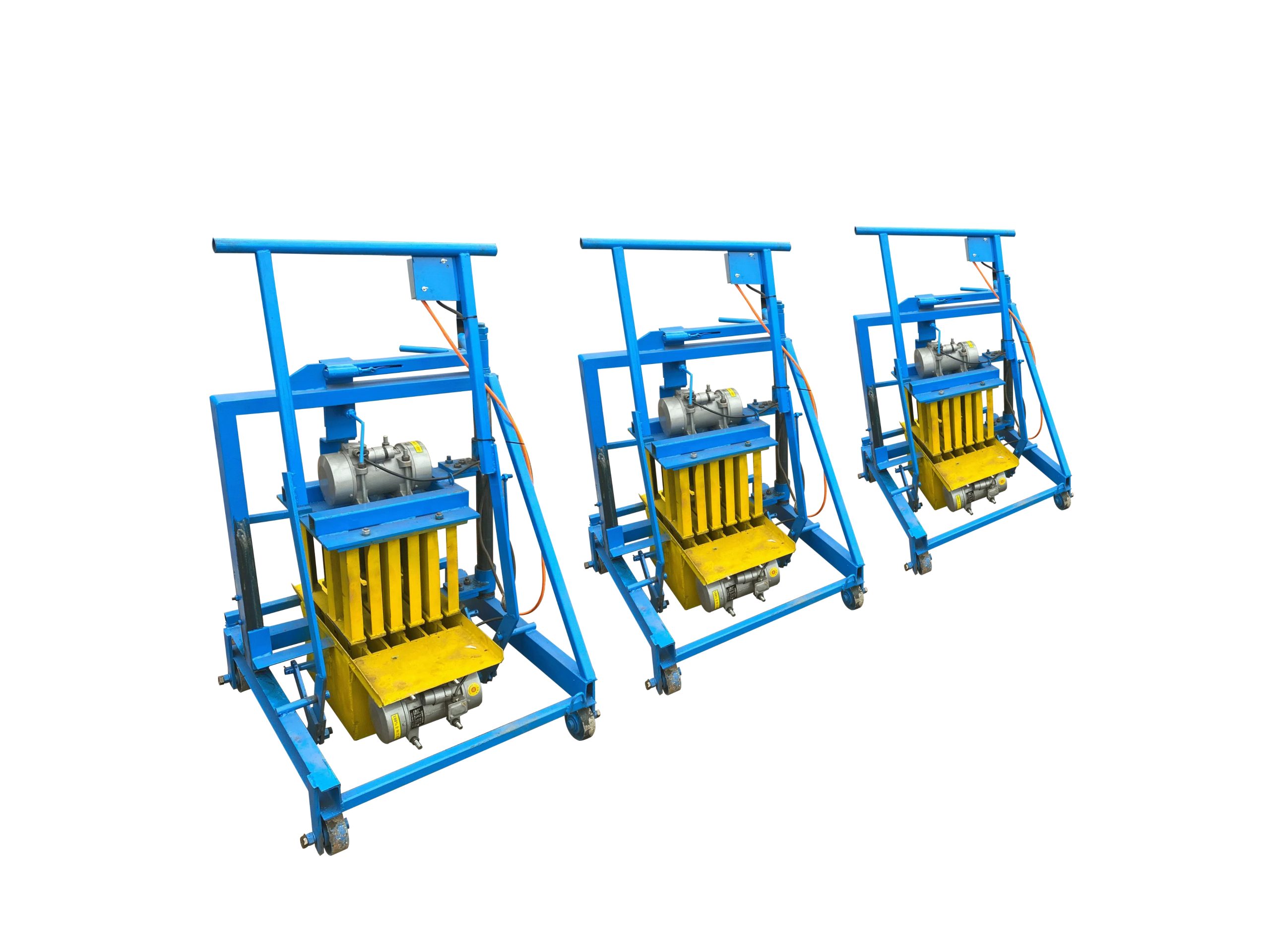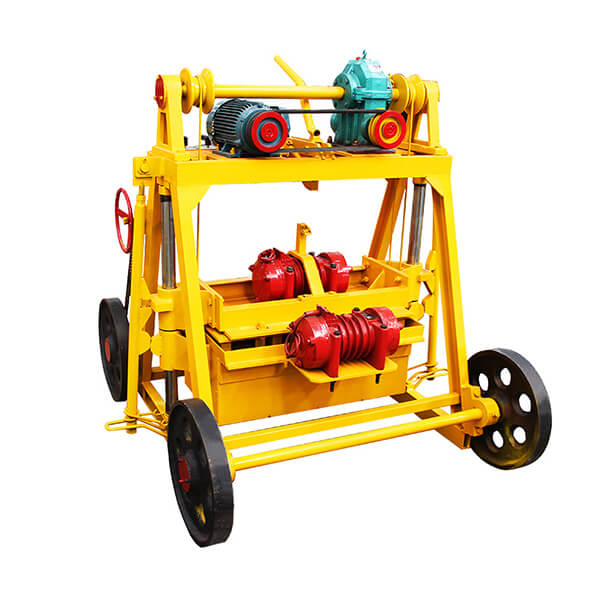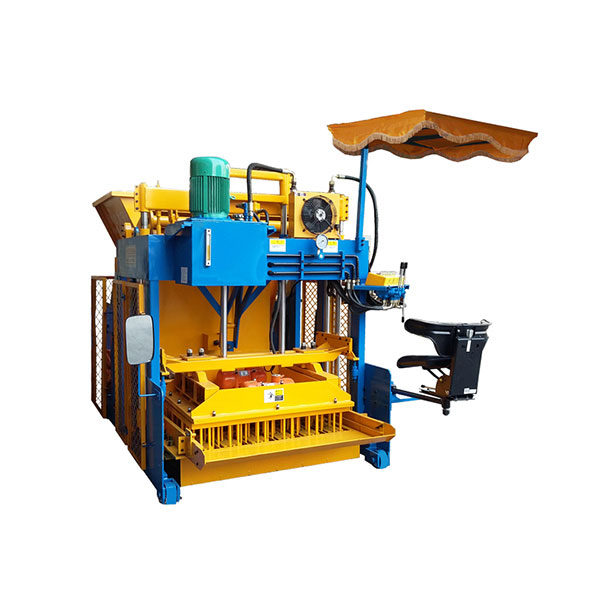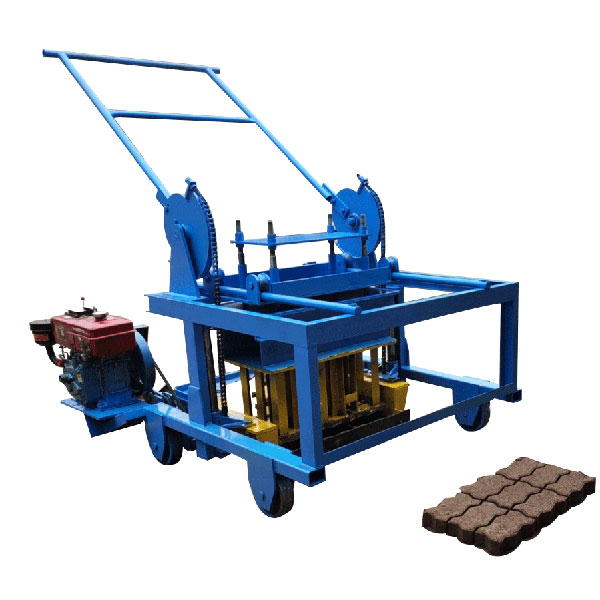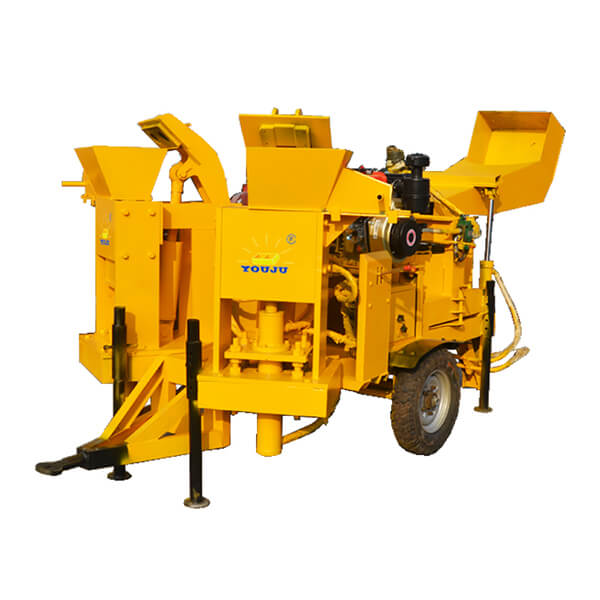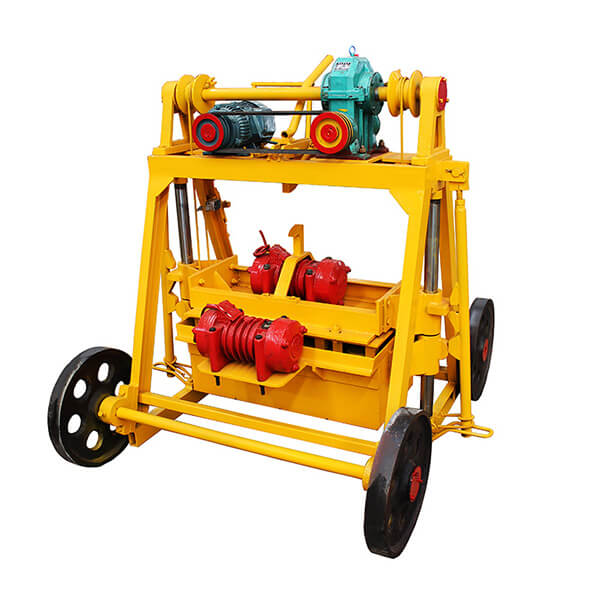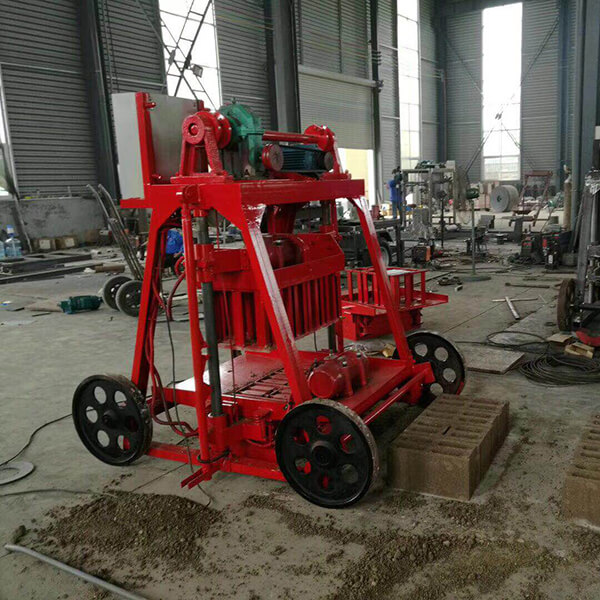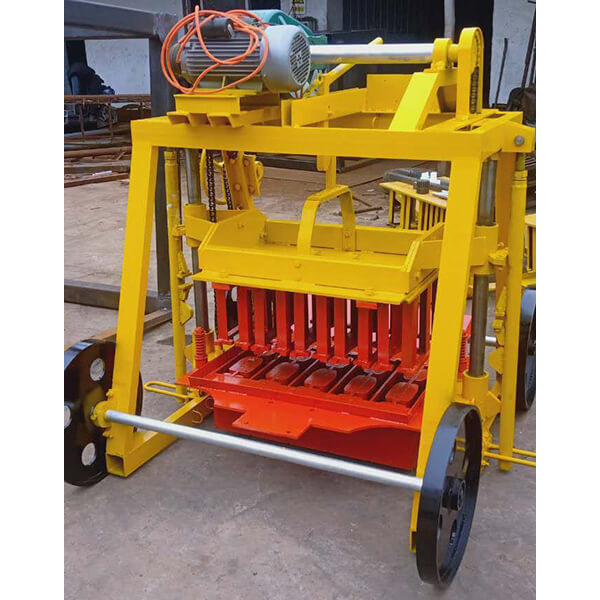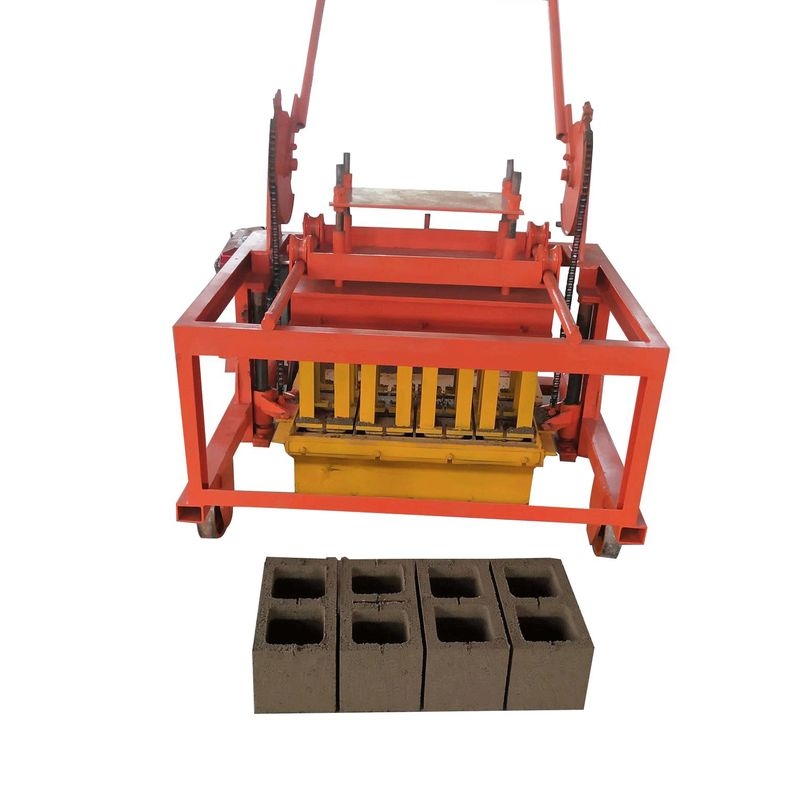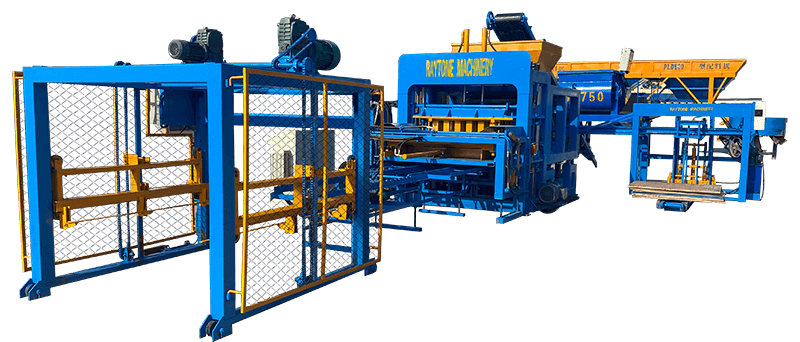Operating a QTM4-45 mobile block machine efficiently requires a thorough understanding of its components and processes. This comprehensive guide will walk you through the essential steps to successfully operate a QTM4-45 mobile block machine, focusing on the QTM4-45 model. From setup to maintenance, we’ll cover everything you need to know to maximize productivity and ensure high-quality block production. Whether you’re a seasoned operator or new to the industry, this step-by-step guide will help you master the art of mobile block making.
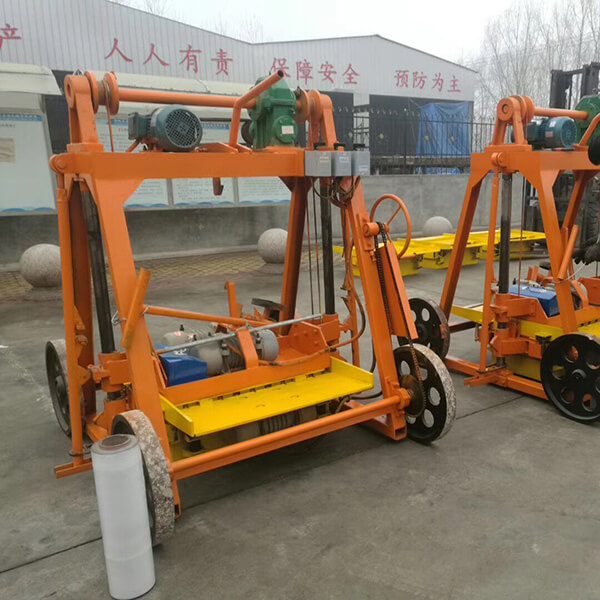
Preparing Your Mobile Block Machine for Operation
Site Selection and Preparation
Before operating the QTM4-45 mobile block machine, choosing a suitable location is essential. Look for a flat, hard, and well-compacted concrete surface that is free from cracks, pits, or loose materials. A stable and even base supports smooth movement and operation of the machine, reducing the risk of misalignment or structural issues in the blocks. Remove any debris, dust, or obstructions from the area to ensure consistent block height and shape. A well-prepared site lays the foundation for efficient, high-quality block production.
Machine Inspection and Setup
Before starting operations, carefully inspect your QTM4-45 mobile block machine to ensure everything is in optimal condition. Begin by checking the structural frame for any signs of fatigue or misalignment. Inspect the mold set for cracks or deformities that could affect block shape. Verify that the vibration system and hydraulic components are functioning smoothly, especially the dual vibration system that ensures block density. Properly tighten all bolts and lubricate moving parts. A thorough setup minimizes unexpected downtime and maximizes machine performance.
Material Preparation
To ensure consistent block quality, prepare your raw materials with precision. Use the appropriate ratio of cement, sand, and aggregate based on the block type you intend to produce – whether hollow, solid, or custom-sized. Dry and clean aggregates help prevent clumping and uneven mixing. Pre-mix the ingredients until you achieve a uniform consistency, as this directly influences the durability and strength of the blocks. Proper batching also protects the machine’s mechanical parts from clogging or uneven wear, ensuring long-term operational efficiency.
Operating the Mobile Block Machine
Loading Raw Materials
To begin operation, carefully load the prepared raw materials – such as sand, cement, and gravel – into the hopper of the QTM4-45 mobile block machine. This machine is engineered for efficient material handling, enabling smooth and quick loading. Always ensure a balanced mixture to maintain the desired block quality. Avoid overfilling the hopper, as it can lead to spillage or clogging, which may compromise the performance and consistency of block formation. Maintain cleanliness around the hopper to support uninterrupted production cycles.
Setting the Mold
Before initiating production, choose the correct mold based on the block size and shape you require. The QTM4-45 supports a range of mold sizes, typically from 400x100x200 mm to 400x250x200 mm, offering flexibility for different project needs. Once selected, the mold must be carefully installed, ensuring it is both securely fastened and perfectly aligned. Improper mold setup can cause deformation or defects in the blocks, so take time to verify the fitting and make adjustments if necessary before running the machine.
Running the Production Cycle
With materials properly loaded and the mold firmly in place, you can now initiate the machine’s production cycle. The QTM4-45 operates using an electric motor that powers all mechanical functions, including the vibration system. Activate the control panel to start the cycle and observe the vibration mechanism in action. This process is essential for compacting the raw material mixture. The machine’s dual vibration system ensures uniform density and strength across each block, leading to reliable and structurally sound final products.
Maintenance and Troubleshooting
Regular Cleaning and Lubrication
To ensure long-term efficiency and reduce mechanical wear, it is essential to clean and lubricate your QTM4-45 mobile block machine after every use. Remove dust, concrete residue, and debris from the mold, hopper, and vibration system. Pay particular attention to joints, gears, and bearings – areas prone to friction. Use only manufacturer-recommended lubricants to preserve component integrity. A consistent maintenance routine not only extends the machine’s lifespan but also minimizes unexpected breakdowns and contributes to higher quality block production.
Performance Monitoring
Track the QTM4-45’s performance metrics consistently to identify trends or abnormalities early. Monitor the number of blocks produced per shift, ensuring it aligns with the machine’s standard output of 3,360 blocks in an 8-hour shift for smaller units. Pay attention to the consistency in block dimensions and strength. Use production data to detect gradual declines in efficiency or output quality. If performance dips significantly, investigate potential causes immediately – such as mechanical wear, operator error, or raw material inconsistencies.
Troubleshooting Common Issues
Operators should be trained to recognize and respond to typical issues such as uneven block density, mold misalignment, or abnormal vibrations. These problems can often be resolved through minor adjustments or part replacements. Develop a troubleshooting checklist to guide the process efficiently – from identifying symptoms to implementing solutions. Always keep spare parts for frequently problematic components on hand. Effective troubleshooting reduces downtime, maintains product quality, and helps prevent minor issues from escalating into major operational failures.
Conclusion
Mastering the operation of a mobile block machine like the QTM4-45 can significantly enhance your block production capabilities. By following this step-by-step guide, you’ll be well-equipped to set up, operate, and maintain your machine effectively. Remember that consistent quality control, regular maintenance, and attentive operation are key to maximizing the benefits of your mobile block machine investment.
Contact Us
Ready to elevate your block production? Raytone Machinery offers top-quality mobile block machines, including the versatile QTM4-45 mobile block machine. Our machines are designed for performance, reliability, and cost-effectiveness. Contact us at hazel@raytonechina.com to learn more about our block-making solutions and how we can help optimize your construction projects.
References
- Smith, J. (2022). Advanced Techniques in Mobile Block Production. Construction Technology Journal, 45(3), 78-92.
- Johnson, A. & Brown, T. (2021). Optimizing Concrete Block Manufacturing: A Comprehensive Guide. BuildTech Publishing.
- Lee, S. et al. (2023). Comparative Analysis of Mobile Block Machine Efficiency. International Journal of Construction Engineering, 12(2), 156-170.
- Rodriguez, M. (2022). Sustainable Practices in Small-Scale Block Production. Green Building Quarterly, 18(4), 45-58.
- Wang, L. & Zhang, Y. (2021). Innovations in Vibration Technology for Block Machines. Construction Materials Today, 7(1), 23-37.
- Davis, K. (2023). Quality Control Measures in Mobile Block Manufacturing. Journal of Construction Standards, 29(2), 112-125.


